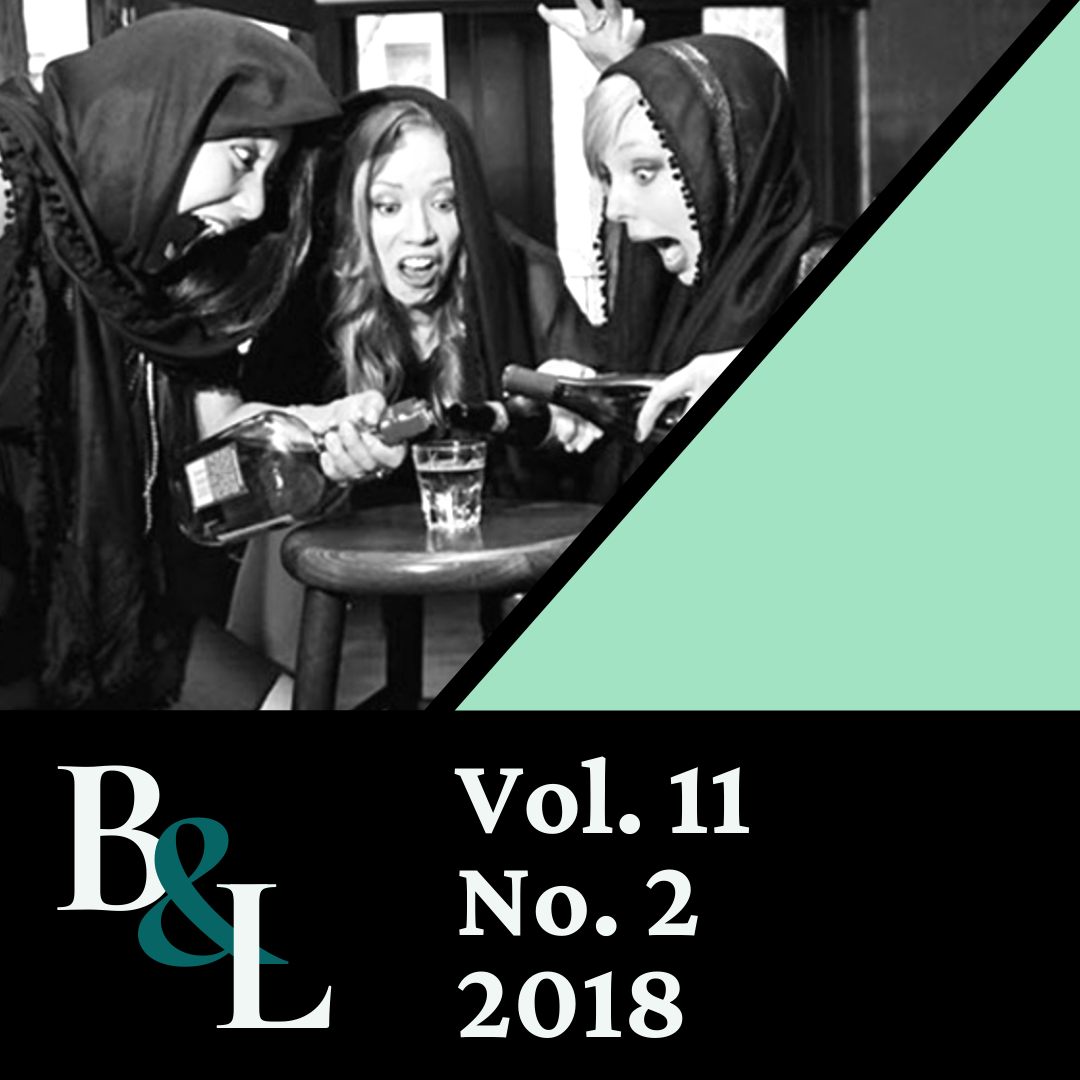The New Hamlet and the New Woman
A Shakespearean Mashup in 1902
Abstract
In exploring one extraordinary "Shakespearean" production that took place on the Smith family farm in Peoria in 1902, this essay suggests that our histories of Shakespeare might be enriched by scholarship that looks beyond academic criticism and professional theater history. The New Hamlet, credited to William Hawley Smith and The Smith Family Farmers, suggests that rather than being the site of strutting, bellowing hams, out-Heroding Herod, amateur and peripheral performance could be a testing ground and proleptic herald of interpretations too novel or drastic for the professional sector. For The New Hamlet — whose title signals the play's interest in the turn-of-the-century idea of the New Woman — offers a feminist critique not only of Shakespeare's most celebrated play, but also of the critical, theatrical, and social conventions that upheld its reputation. What is more, The New Hamlet offers that critique more than half a century before professional critics and theater practitioners would take up similar arguments.


